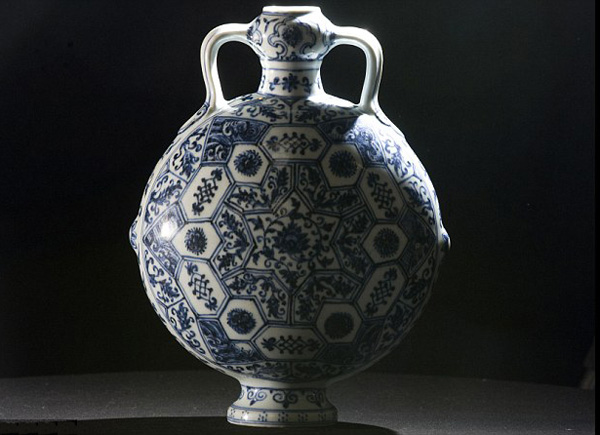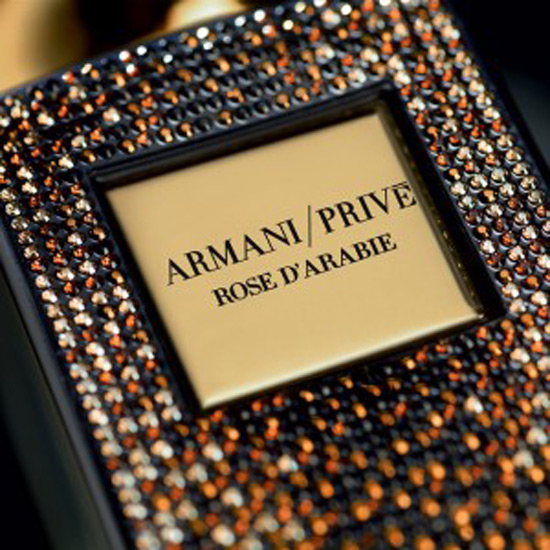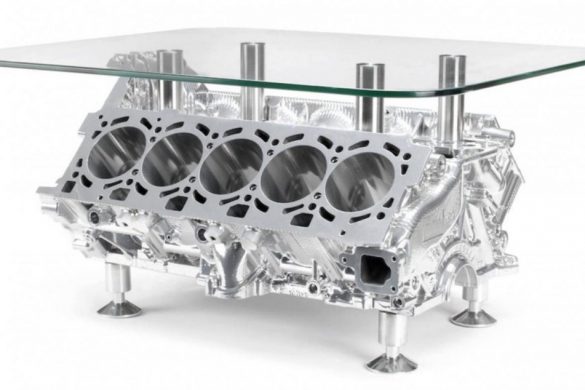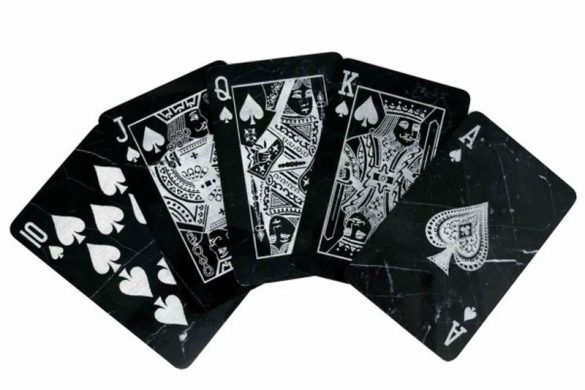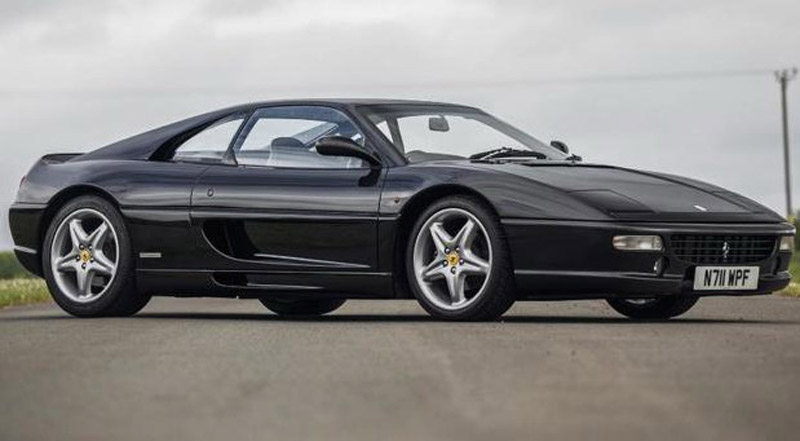A blue and white Chinese Ming Dynasty Vase that arrived at a Duke, Dorchester-based auction house is expected to sell for more than £1 million or roughly $1.6 million. A rare Chinese vase that was taken to an auction house by a 79-year-old pensioner in a cardboard box has stunned experts when they realised it was from the early Ming period.
The 11.5 inch (29cm) vase is the largest ever recorded from a rare group of early Ming moonflasks from 1403-1424, Duke and Son auction house said. The vase was made during the reign of Yongle, the third emperor of the Ming period, features simple loop handles and appears to be influenced by Islamic design. The Dorchester-based firm said it was believed to be one of the most exciting works of art to come to light in years.
Last year, Duke’s sold a Chinese vase from the Qianlong period that had been used as an umbrella stand for £765,000 ($1.23 million).
It’s unknown how the man, who wanted the press to refrain from publishing his name, came into possession of the rare vase, but staffers at Duke’s were astounded by the spectacular find. Guy Schwinge, from Duke’s, said he was stunned when he first saw the elegant blue and white piece. When my colleague initially showed me what had arrived in a cardboard box I could not believe my eyes, he said. The vase is in perfect condition and it is amazing to think that it has survived unscathed for almost six hundred years.
Last year, a Chinese vase found during a house clearance sold for an astonishing £43 million ($69 million).
Because the vase originates from China but shows the influence of Middle Eastern craftsmanship, auctioneers at Duke’s expect the vase to draw the bids of wealthy collectors from both Asian and the Arab worlds. The auction is scheduled for May 12.
The Yongle emperor was the third emperor of the Ming dynasty and ruled from 1402 to 1424, when he died aged 64. It was he who moved the country’s capital to Beijing and there he constructed the Forbidden City.
During his reign, the Grand Canal was almost completely rebuilt and was used to move imported goods from all over the world. Yongle’s tolerance of Chinese ideas that did not agree with his own philosophies was well-known, but he despised the Mongols.
Yongle called for the construction and repair of Islamic mosques during his reign and two mosques were built by him, one in Nanjing and the other in Xi’an, and they still stand today. Repairs were encouraged and the mosques were not allowed to be converted to any other use.
During his reign the monumental Yongle Encyclopedia was completed. Artists and craftsmen flourished in his reign. ‘Moonflasks’ are so called because their curved shape was likened to that of the moon.

